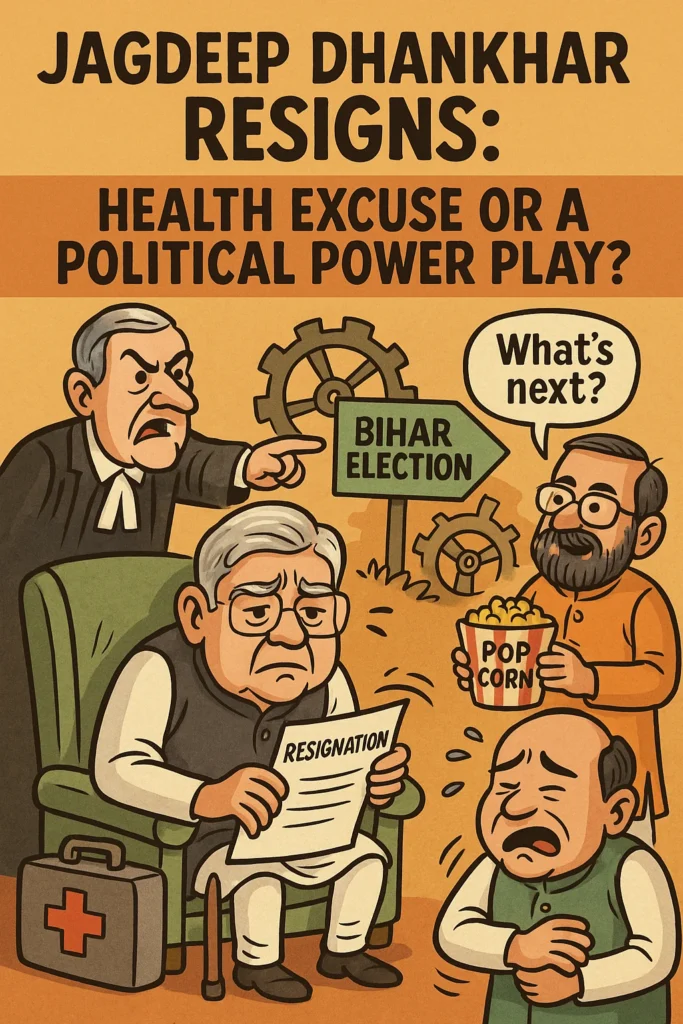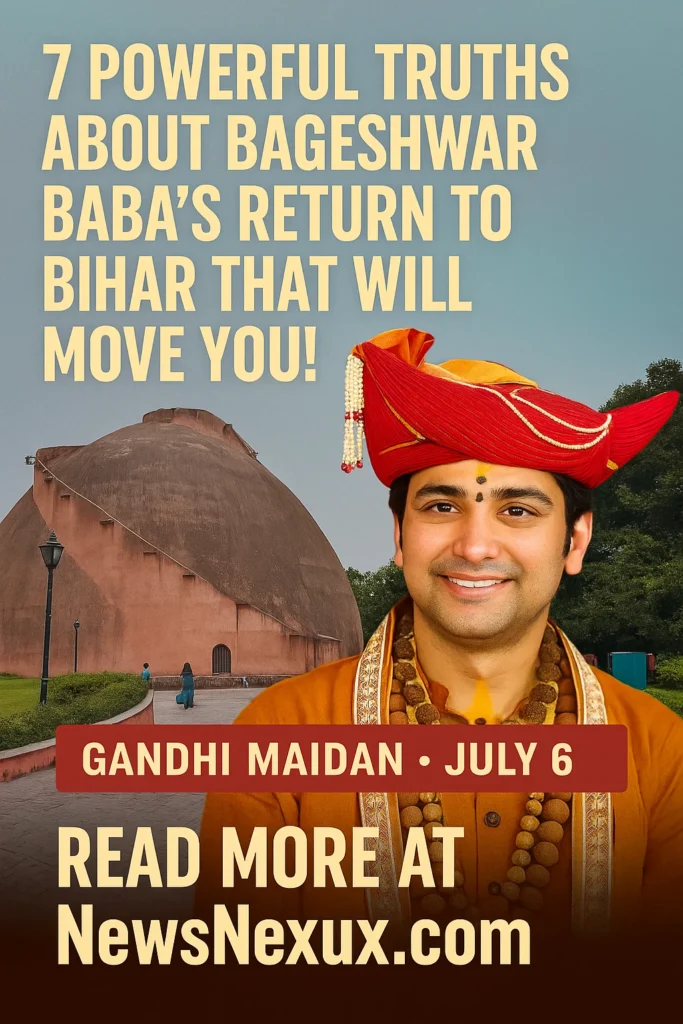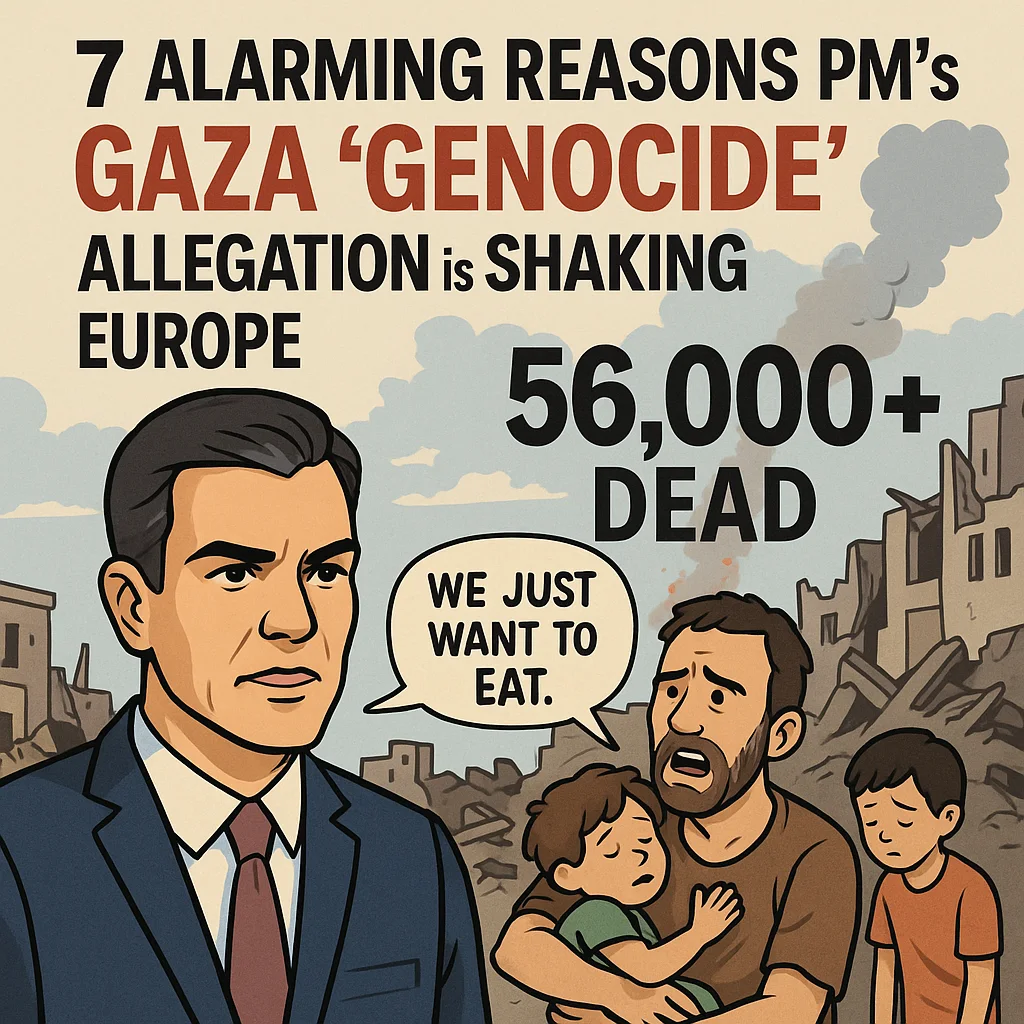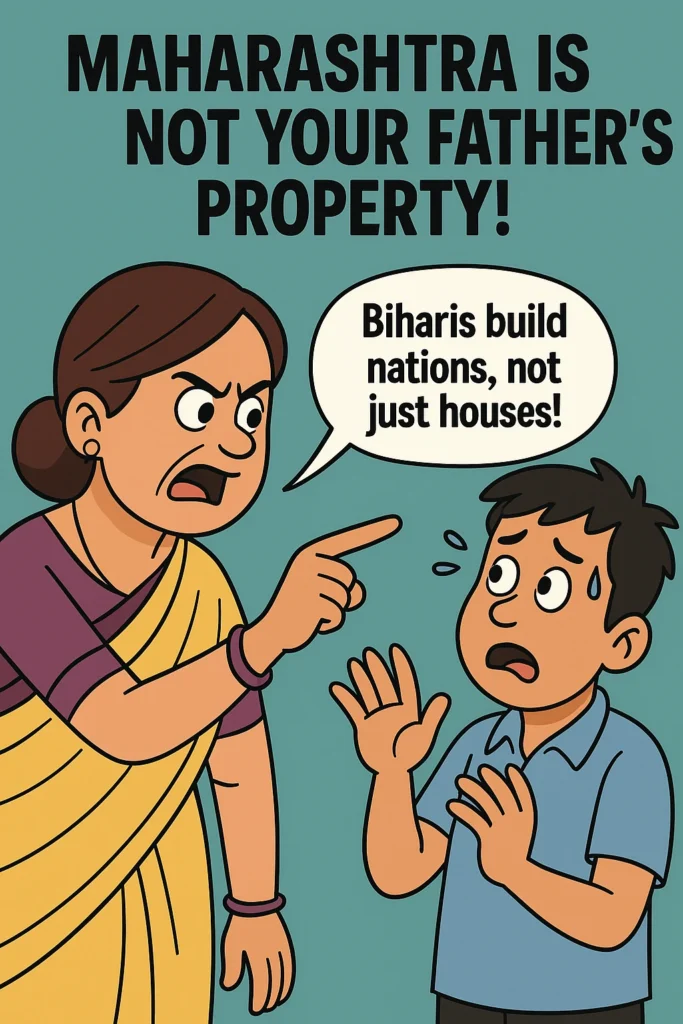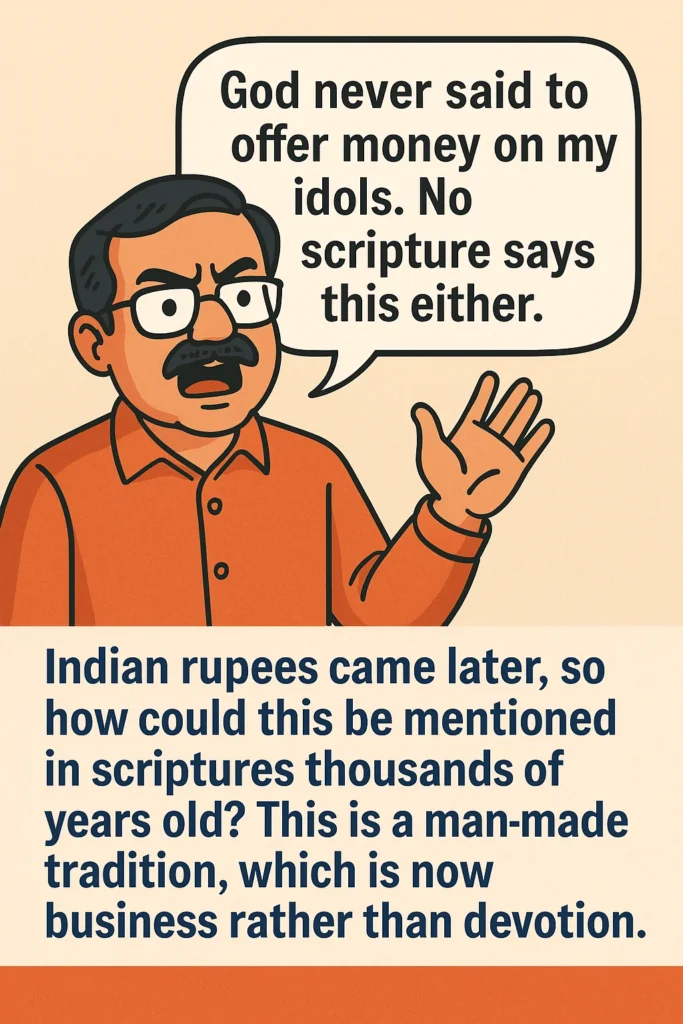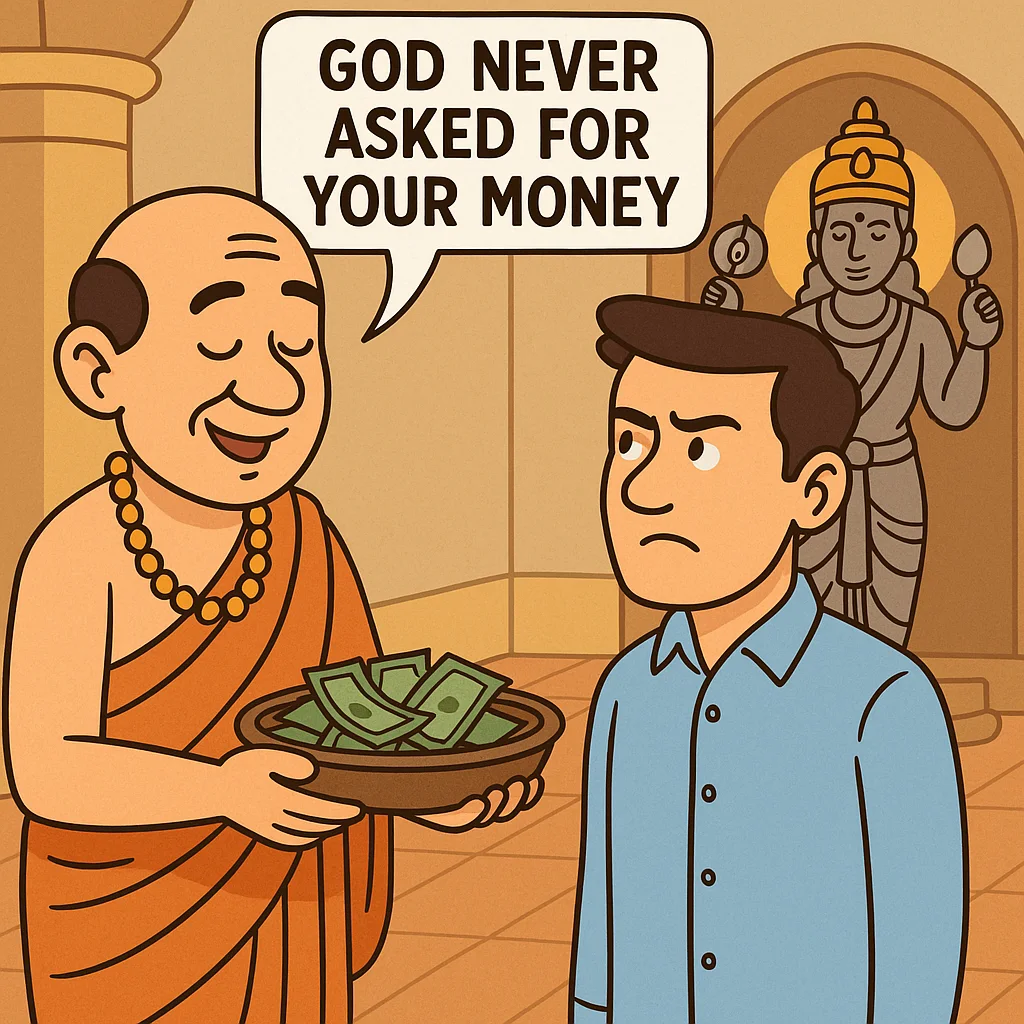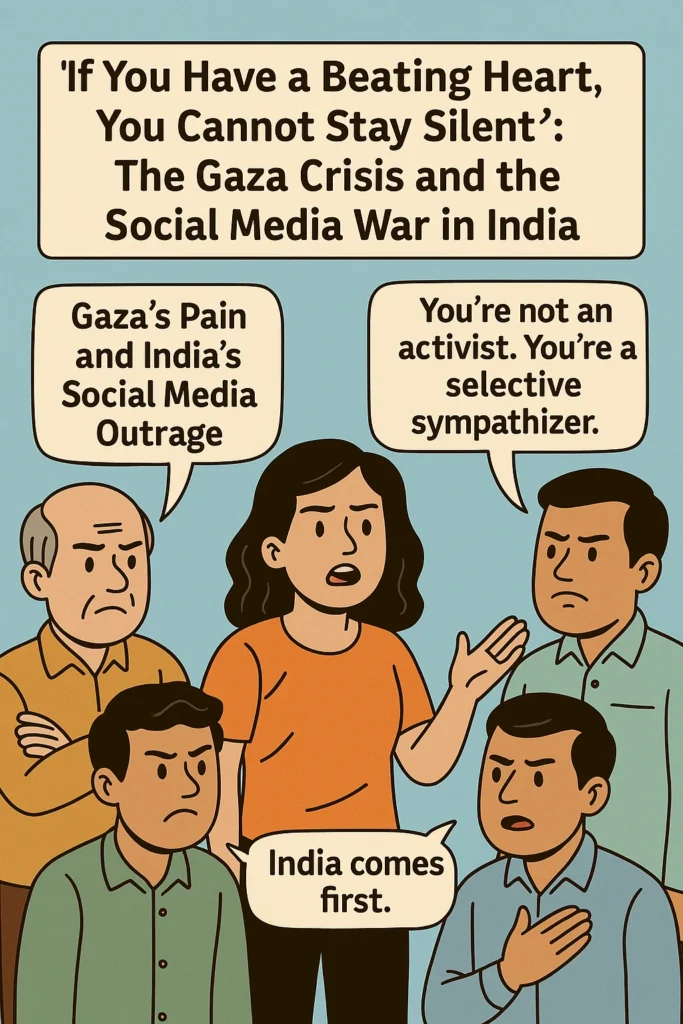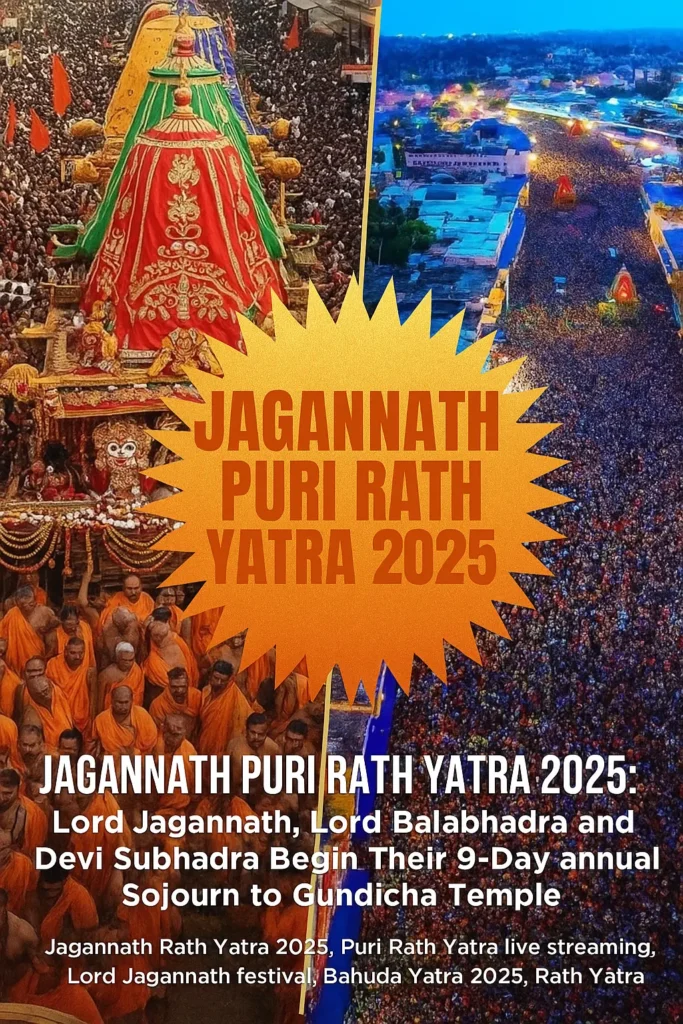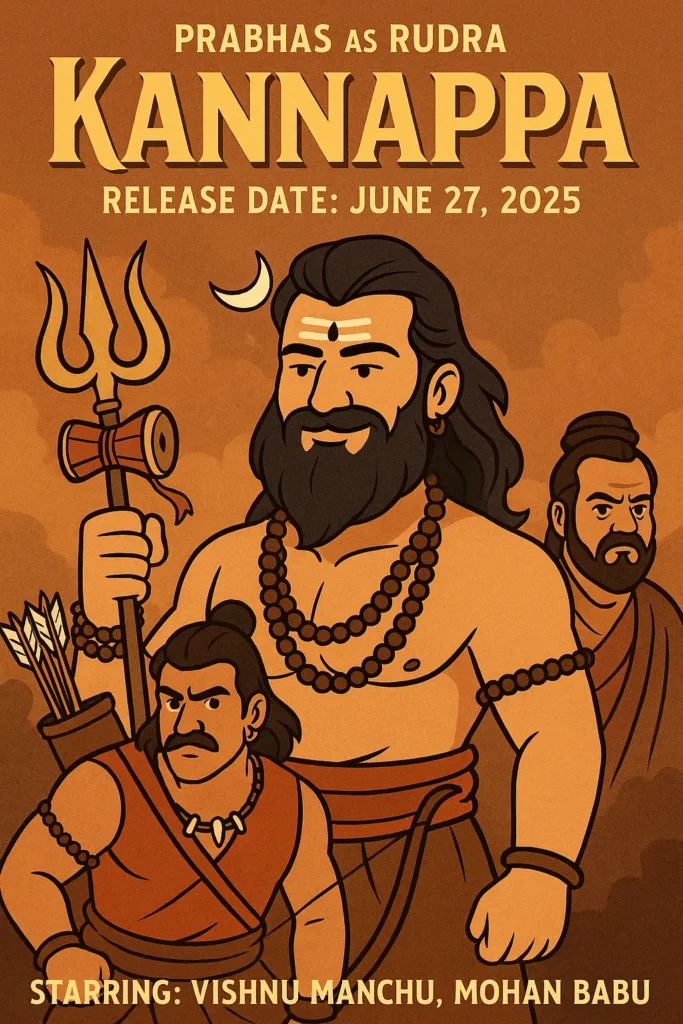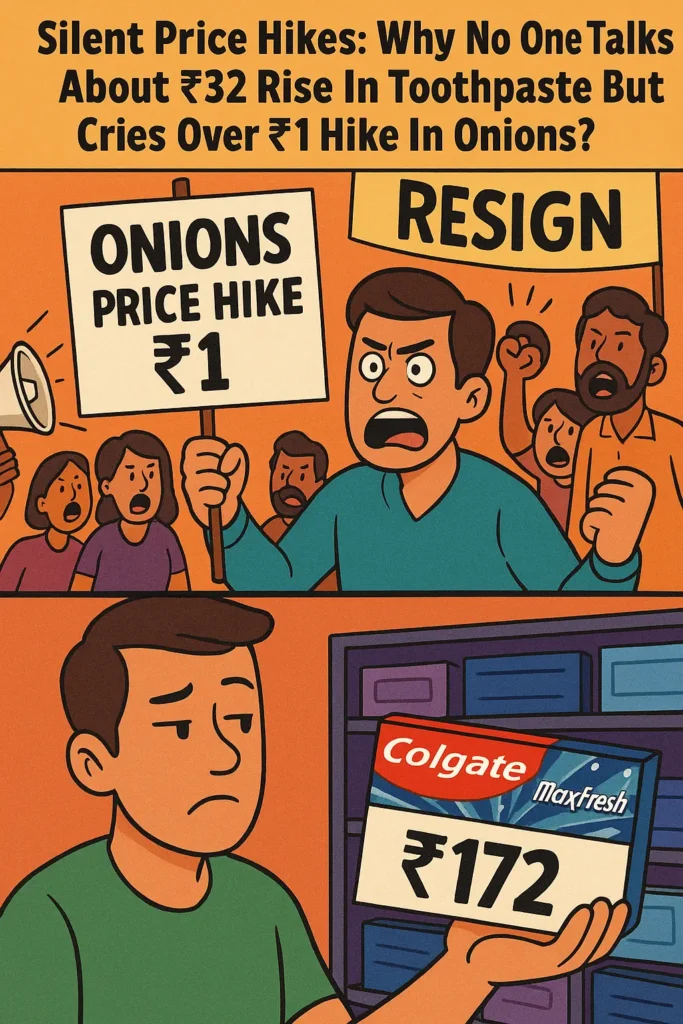Jagdeep Dhankhar Resigns: Health Excuse or a Political Power Play?
So, it happened again—something sudden, something unexplained, and, as always, something deeply political. India’s Vice President, Jagdeep Dhankhar, has unexpectedly resigned from his post, citing “health reasons.” The news has left political circles and the public equally shocked. But in Indian politics, “health” often becomes a convenient curtain—behind which larger plots and power plays are hidden. As political observers know too well, when a major leader steps down due to “health issues,” the real diagnosis is usually not physical—but political. So let’s dig deeper into what might really be going on behind Dhankhar’s exit. 🧩 Setting the Stage: Why This Resignation is Suspicious Dhankhar’s resignation may seem sudden, but the whispers had already started. The excuse given—poor health—was predictable, even convenient. But Indian political analysts have developed a sixth sense: the moment “health” is cited, the antennae go up. Why? Because in India, “health reasons” are rarely about the liver, lungs, or heart. They’re often about political heartburn, ideological indigestion, or coalition fever. And Dhankhar was not your average Vice President. He had built a reputation for confrontation, particularly with the judiciary. This brings us to our first possible “illness.” ⚖️ Disease #1: Conflict with the Judiciary Jagdeep Dhankhar never shied away from challenging the judicial system. In fact, he relished it. From calling Article 142 a “nuclear missile” to labelling judges as a kind of ‘super-Parliament’, Dhankhar consistently pushed the boundaries of constitutional decorum. His speeches frequently placed the executive in a tug-of-war with the judiciary. Such behavior might win applause in some political corners, but it was clearly causing tension with the judiciary—a pillar of Indian democracy. So, here’s the first possible diagnosis:Was his resignation a way to restore the constitutional balance between the government and the courts? Could it be that PM Modi and the BJP leadership felt Dhankhar’s outbursts were causing more harm than good—especially when they’re trying to appear stable and strong before major elections? 🗳️ Disease #2: Bihar Politics and Electoral Fever The Bihar elections are just around the corner, and the NDA alliance isn’t exactly looking invincible. Could Dhankhar’s resignation be part of a larger chess move? By vacating the Vice President’s seat, the BJP could potentially nominate a leader from Bihar, killing two birds with one stone: Two possible names floating in the air are: Both leaders represent not just political clout but caste calculations—exactly the kind of equation Bihar politics thrives on. So maybe Dhankhar’s “health” is really a sacrificial offering to make room for someone who can deliver votes. 🧾 Disease #3: A Promise to Nitish Kumar? Another theory gaining traction is that Nitish Kumar was promised the Vice Presidency. Sounds strange? Yes. But this is Indian politics—where promises are made, broken, and rebranded within weeks. Even though the NDA has declared Nitish as their Chief Ministerial candidate for Bihar again, insiders hint that some kind of deal or offer was floated earlier. In politics, no promise is permanent. And with Nitish’s erratic political behavior over the years, no one would be surprised if he’s angling for a more national-level position before retirement. Could Dhankhar’s exit be part of fulfilling that deal? 🤐 The Silence Speaks Louder One notable aspect of Dhankhar’s resignation is the radio silence from both the BJP and its allies. No detailed press briefing. No emotional farewell speech. No medical documents. Just a formal letter citing health reasons. That kind of silence often indicates a deeper story—one involving closed-door meetings, power negotiations, and possible replacements already lined up. In fact, some insiders suggest that the next Vice President might be announced as part of a larger reshuffle, hinting at an upcoming political storm. 🧨 Popcorn Politics: What’s Next? So, what should we expect in the coming days? For die-hard BJP supporters, this might just be another “Chanakya-style” masterstroke.For the opposition, it’s yet another twist in a saga they’re failing to control. 🎭 A Final Word: Politics as Theater In India, political transitions are rarely clean. They’re dramatic, sometimes poetic, and often tragicomic. So, whether Dhankhar really resigned because of poor health, or whether he became the latest “political scapegoat” in a larger electoral game plan, one thing is clear: The plot is thickening, and the curtain has only just lifted. So, grab your popcorn—this political thriller is far from over. 🔍 FAQs 1. Why did Jagdeep Dhankhar resign from the Vice President’s post? Officially, due to health issues. Unofficially, speculation points to pressure from the judiciary, electoral strategy in Bihar, or internal party politics. 2. Is this resignation connected to Bihar elections? It’s highly possible. There is talk of nominating a Vice President from Bihar to boost NDA’s chances in the upcoming state election. 3. Was Nitish Kumar promised the Vice Presidency? There’s no official confirmation, but political rumors suggest that the post was part of a larger deal between BJP and JD(U). 4. What was Jagdeep Dhankhar’s stance on the judiciary? Dhankhar often criticized judicial overreach, particularly the use of Article 142 and perceived interference in legislative matters. 5. Who could be the next Vice President of India? Likely candidates include Dr. Harivansh (JD(U)) and Ram Nath Thakur—both from Bihar and representing important caste equations.

